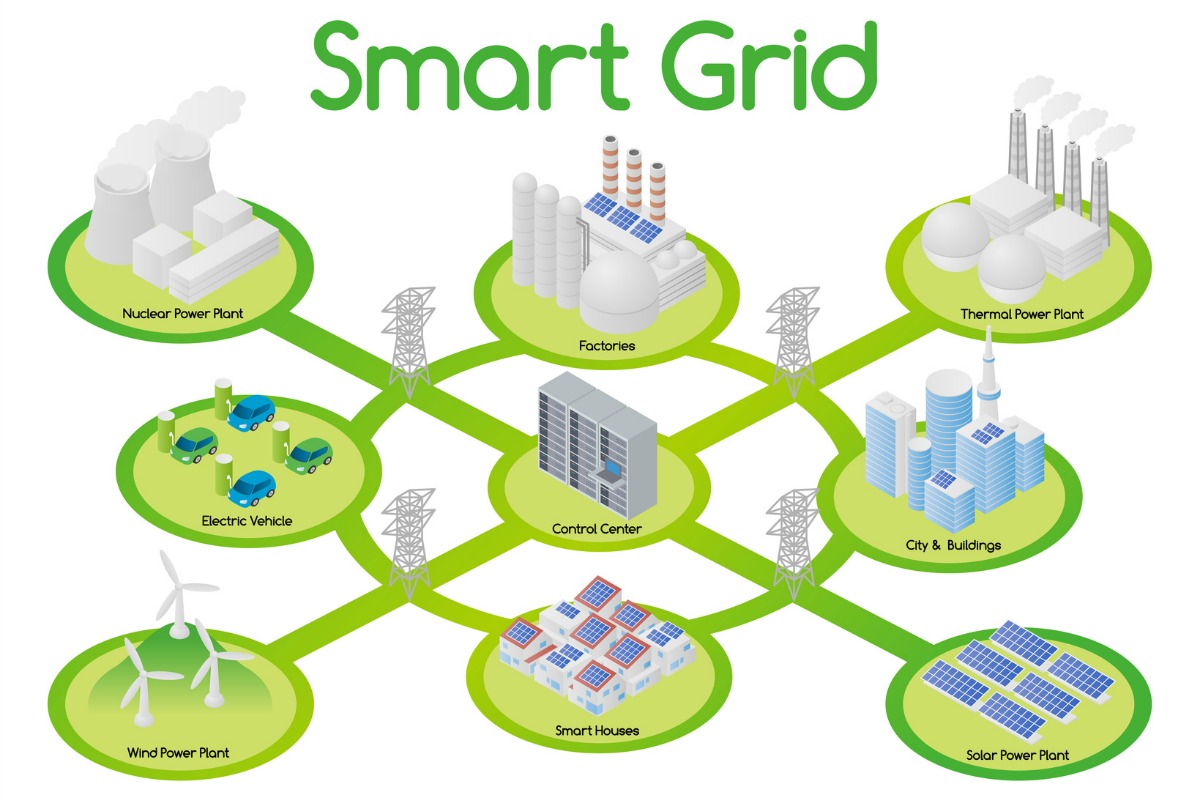


Compared with the performance, safety and degradation of electrical energy storage systems, Li-ion batteries are the most widely deployed in the power system.

Finally, future research trends on smart grids such as IoT-based communication infrastructure, distributed demand-response with artificial intelligence and machine learning solutions, and synchrophasor-based wide-area monitoring protection and control (WAMPC) are examined in the present study.Įnergy storage system such as pumped storage hydro (PSH), compressed air energy storage (CAES), flywheels, supercapacitors, superconducting magnetic energy storage (SMES), fuel cell, lead-acid batteries, sodium-based batteries, Li-Ion batteries, flow batteries, and zinc-based batteries utilized in distribution network offers voltage support, peak shaving, power quality improvement, spinning reserve, capacity firming, load leveling and frequency regulation 2. These new functionalities and applications provide a pathway for clean energy technology. Thus, bidirectional electrical power flows with two-way digital control and communication capabilities have poised the energy producers and utilities to restructure the conventional power system into a robust smart distribution grid. Therefore, several attack detection and mitigation schemes against cyber-attacks are further presented to achieve reliable, resilient, and stable operation of the cyber-physical power system. Furthermore, it is crucial to manage the massive information and ensure its security in the smart grid. Specifically, a synchronverter can damp power system oscillations and ensure stability by providing virtual inertia.
#SMART POWER GRIDS GENERATOR#
Moreover, power system frequency stability and stabilization techniques in non-synchronous generator systems are reviewed in the paper. For realizing charge-sustaining operation at minimum cost quasi-dynamic and dynamic strategies are adopted for in-route charging, while stationary control can only be utilized when the electric vehicle is in stationary mode. stationary, quasi-dynamic and dynamic control. Besides, three basic electric vehicle charging technologies can be distinguished, i.e. These control strategies maintain a power balance between generation and demand. Distributed energy storage control is classified into automatic voltage regulator and load frequency control according to corresponding functionalities. This paper presents a comprehensive review of advanced technologies with various control approaches in terms of their respective merits and outcomes for power grids.


 0 kommentar(er)
0 kommentar(er)
